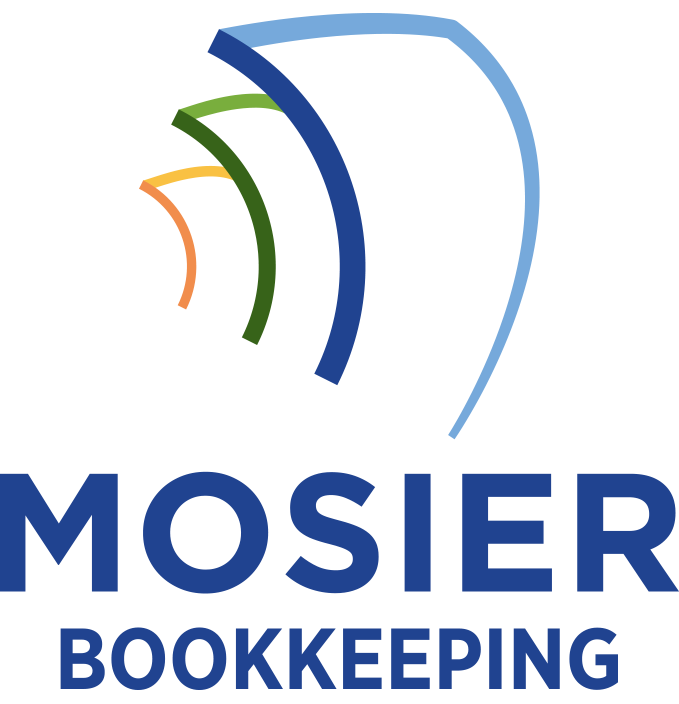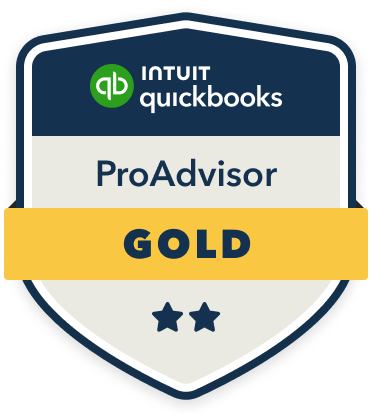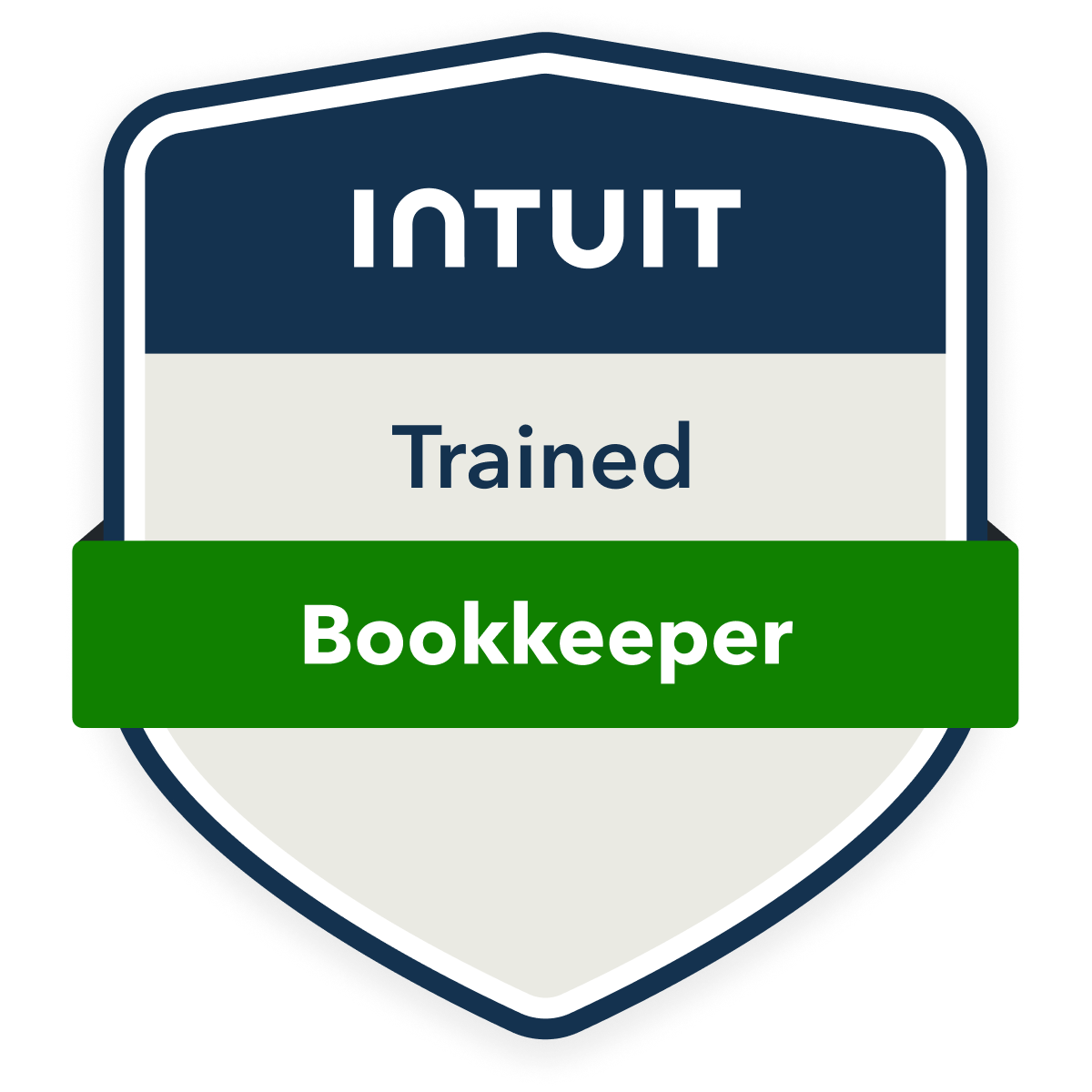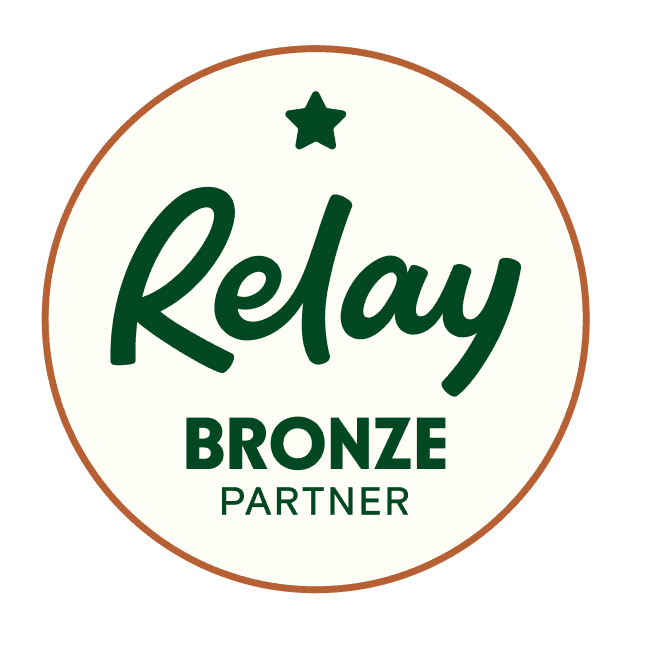Bookkeeping for stakeholder engagement empowers you to make data-driven decisions by tracking key metrics, interactions, and relationship patterns. I’ve found that systematic record-keeping strengthens stakeholder relationships through better anticipation of needs and strategic responses. You’ll gain streamlined reporting capabilities, enhanced risk management, and clear measurement of return on stakeholder investment (ROSI). This structured approach to tracking engagement creates accountability while providing essential insights that can transform your stakeholder management strategy.
Enhanced Decision-Making Through Data-Driven Insights

How can organizations transform raw stakeholder data into actionable intelligence? I’ve found that meticulous bookkeeping enables me to analyze engagement patterns, identify key influencers, and quantify relationship strength across stakeholder segments. By implementing systematic data collection, I can measure variables like response rates, sentiment trends, and participation levels.
I leverage this data through analytics tools to generate predictive models that inform my strategic decisions. When I correlate stakeholder behavior with business outcomes, I gain essential insights that fortify my negotiating position. This evidence-based approach guarantees I’m directing resources toward high-impact relationships while preserving ideal stakeholder value alignment.
Building Stronger Stakeholder Relationships With Systematic Record-Keeping
Well-maintained stakeholder records serve as the foundation for cultivating lasting business relationships. I leverage systematic documentation to track every interaction, commitment, and preference, enabling me to anticipate stakeholder needs and respond strategically. By maintaining detailed engagement histories, I identify patterns that strengthen my negotiating position and build trust through demonstrated reliability.
I’ve found that meticulous record-keeping reveals relationship dynamics that might otherwise go unnoticed. This intelligence allows me to align my interests with stakeholders’ priorities, creating mutually beneficial outcomes. When I document stakeholder interactions systematically, I establish a power base built on deep institutional knowledge and strategic foresight.
Streamlined Reporting and Compliance Documentation

I’ll show you how to manage reporting timelines and maintain audit-ready records through systematic stakeholder documentation. My compliance tracking system integrates key reporting deadlines, milestone updates, and stakeholder touchpoints into a unified calendar that prevents missed obligations. By organizing your stakeholder communications, meeting notes, and engagement metrics in a structured digital repository, you’ll establish an easily accessible audit trail that demonstrates regulatory compliance and relationship management effectiveness.
Reporting Timeline Management
Managing reporting timelines effectively requires a systematic approach to tracking stakeholder engagement milestones and compliance deadlines. I’ve found that implementing robust bookkeeping systems allows me to maintain precise control over regulatory submissions and stakeholder communications. By establishing clear temporal markers, I can orchestrate multiple reporting streams while safeguarding compliance integrity.
- Automated deadline tracking with built-in buffer periods
- Real-time milestone monitoring linked to stakeholder touchpoints
- Critical path analysis for overlapping reporting requirements
- Dynamic adjustment capabilities for regulatory changes
This systematic approach empowers me to execute strategic timing of deliverables while maintaining complete documentation trails. I leverage these systems to guarantee no deadlines are missed and all stakeholder interactions are properly chronicled.
Audit-Ready Record Keeping
Records that stand up to rigorous audits demand meticulous attention to documentation structure and consistency. I’ve found that implementing standardized stakeholder engagement logs, with time-stamped interactions and decision trails, creates an ironclad audit defense.
I maintain digital archives that capture every touchpoint, from initial outreach to final resolution. My system includes automated compliance checks against regulatory requirements, ensuring I’m always prepared for external scrutiny. I integrate metadata tagging for swift retrieval during audits and link supporting documents directly to stakeholder profiles. This systematic approach transforms routine bookkeeping into a strategic asset for demonstrating governance accountability.
Risk Management and Issue Resolution Tracking
I’ve found that implementing early warning detection systems allows me to identify stakeholder concerns before they escalate into major issues. My tracking shows that systematic monitoring of key risk indicators and stakeholder sentiment provides a 60-70% faster response time to emerging problems. I measure resolution progress rates against established benchmarks to guarantee my team maintains momentum in addressing stakeholder issues while documenting the effectiveness of our intervention strategies.
Early Warning Detection Systems
While tracking stakeholder engagement provides valuable data, establishing an early warning detection system helps identify emerging risks and potential issues before they escalate. I’ve found that implementing automated alerts and monitoring key performance indicators enables rapid response to stakeholder concerns. This proactive approach strengthens my ability to maintain control and influence outcomes.
- Real-time monitoring of sentiment shifts through social media analytics and feedback channels
- Automated threshold alerts for engagement metrics falling below critical levels
- Predictive modeling to forecast potential stakeholder conflicts based on historical patterns
- Cross-functional dashboards integrating stakeholder data with project milestones
Tracking Resolution Progress Rates
Building on the early warning system’s insights, tracking resolution progress rates provides measurable benchmarks for evaluating stakeholder issue management effectiveness. I’ve found that monitoring these rates reveals essential patterns in how quickly we address and resolve stakeholder concerns.
I calculate resolution velocity by dividing resolved issues by total identified issues within specific timeframes. This metric lets me identify bottlenecks, optimize resource allocation, and demonstrate tangible progress to leadership. By tracking resolution rates across different stakeholder segments, I can prioritize high-impact relationships and maintain strategic momentum while ensuring systematic closure of pending matters.
Measuring Impact and Return on Stakeholder Investment

Measuring the tangible impact of stakeholder engagement requires systematic analysis of both quantitative and qualitative returns. I’ve found that calculating return on stakeholder investment (ROSI) helps justify resource allocation and demonstrates value creation. By tracking financial metrics alongside stakeholder satisfaction indices, I can quantify the effectiveness of our engagement strategies.
- Revenue growth attributable to stakeholder partnerships
- Cost savings from reduced conflicts and streamlined processes
- Brand value appreciation through enhanced stakeholder relationships
- Risk mitigation value from proactive stakeholder management
These metrics empower me to present compelling evidence to leadership, securing continued support for stakeholder initiatives while strengthening my strategic position within the organization.
Creating Accountability and Transparency in Stakeholder Communications
Effective stakeholder communication demands rigorous documentation and systematic tracking of all interactions, commitments, and follow-through actions. I prioritize thorough record-keeping to establish clear audit trails for all stakeholder engagements. Through meticulous bookkeeping, I guarantee every promise made is tracked and fulfilled, creating an environment of mutual trust and accountability.
I leverage digital tracking systems to maintain transparency in real-time, allowing me to demonstrate our organization’s reliability to stakeholders. By documenting communication touchpoints, decisions, and outcomes, I create a verifiable framework that empowers stakeholders to monitor progress and hold all parties accountable for their commitments.
